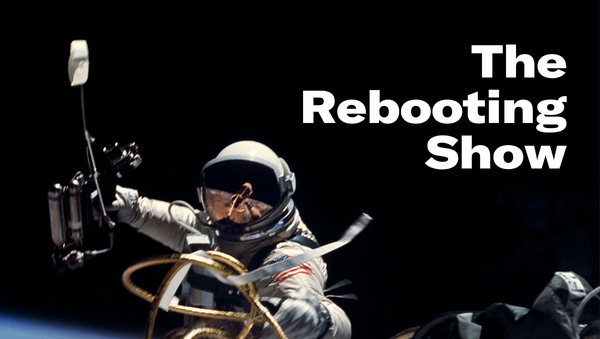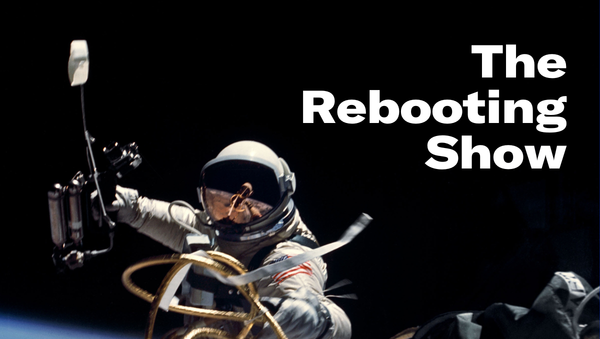The unbundling of publishing (part 2)
The archetypes of sustainable media businesses
Last week, I went over the various changes happening to publishing that added together will result in a fair bit of creative destruction in the industry. Many current models are strained. These are the principles I think will gird the changes already underway.
- New economics. Across the entire economy, we’re seeing a shift to address the persistent inequality across society. The backlash against CEO pay has returned. Unionization is spreading. Taxes will likely go up on passive income derived from capital. Basically, the pendulum is swinging back to work over moving money. In publishing, that means we’ll see a clearer link between those creating the products that drive much of the value in media with the returns. New forms of ownership will emerge with concepts like Decentralized Autonomous Organizations.
- Business model alignment. The shift to subscriptions is a needed alignment, however imperfect, of the quality of the product with the quality of the business. Many times in indirect models, publishers have business models that work against the interests of the audience. The utopian ideal remains a business model that improves the product. You could argue that Google pulled this off in early paid search (before half of results pages became ads) by designing an ad system that, in theory, improved the product.
- Personalized media. When people in media talk about personalization, they tend to think about algorithms that will put different pieces of content in front of people. Even more often, they’re really just talking about targeting ads. We’re seeing new forms of media emerge that are tied to actual people rather than an antiseptic corporate brand. The success of podcasting and newsletters are a testament to their uniquely personal effects. Listening to a person’s voice, getting email from them -- these are more personal forms of media that narrow the gap between the creator and the community.
- Lowered infrastructure costs. The current debate over the infrastructure bill hinges, in part, on how you define infrastructure. In my view, the Biden administration rightly considers people an essential part of infrastructure. So it is at publishers. The many functions a publisher must perform leads to high infrastructure costs. For all the complaints about Substack’s cut of subscriptions revenue, it drastically lowers the infrastructure costs of running a publication. More platforms are emerging that can suck out costs and allow more money to go directly to those creating value for their audiences and communities.
I don’t mean this as an exhaustive list of the types of sustainable media companies. There are a lot of ways to make the business work. But these are areas I think we’ll see the most growth.




